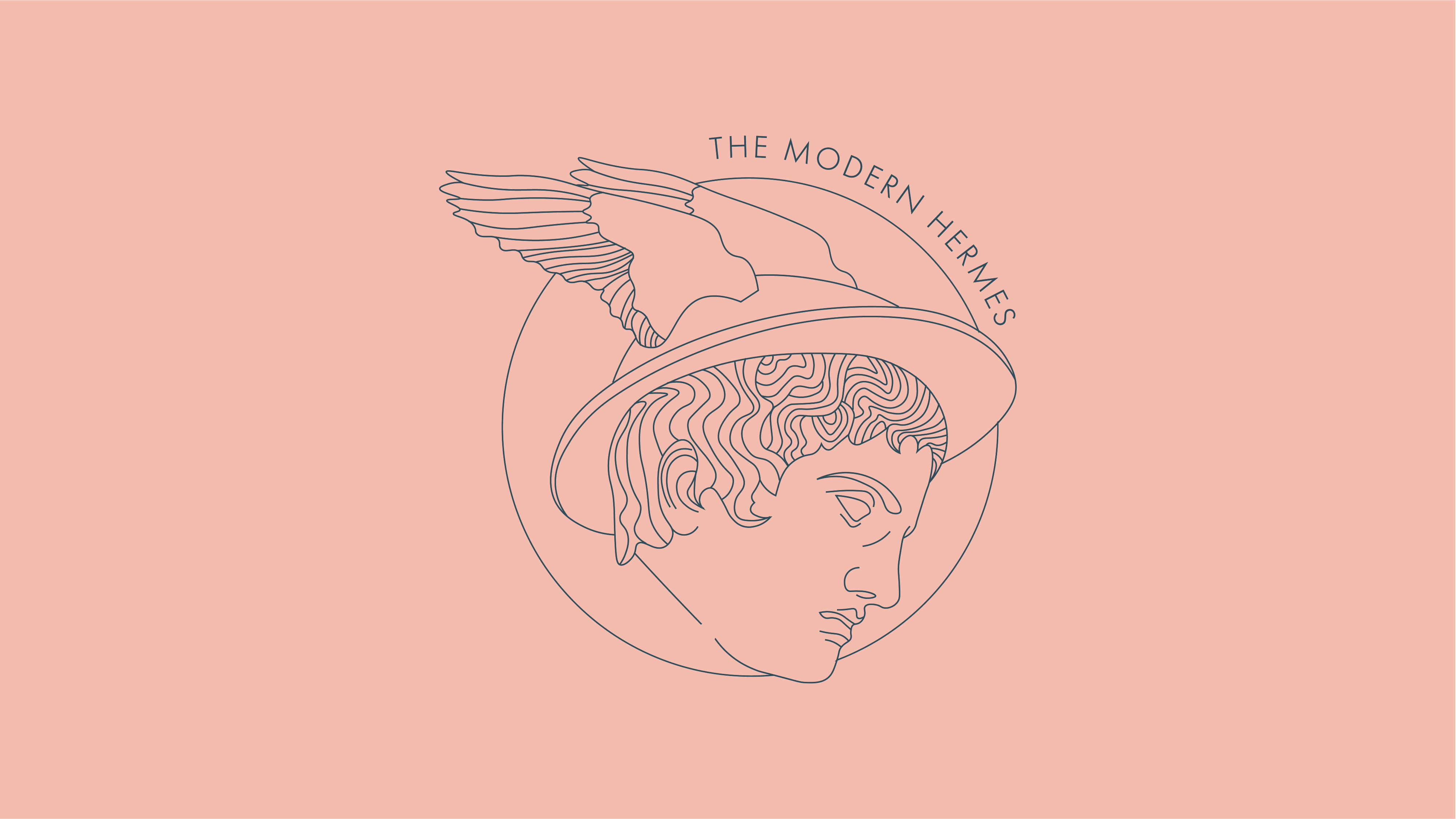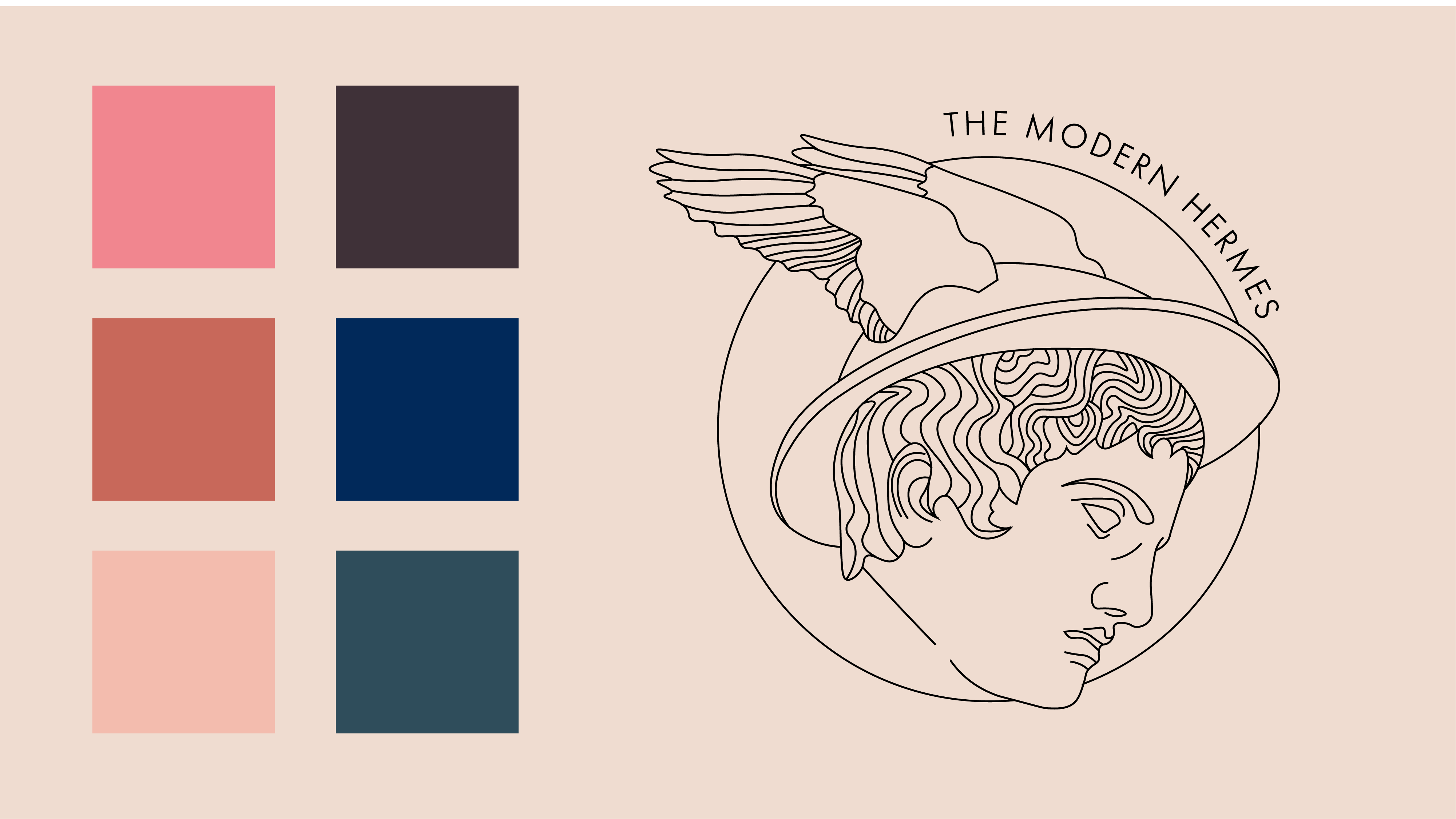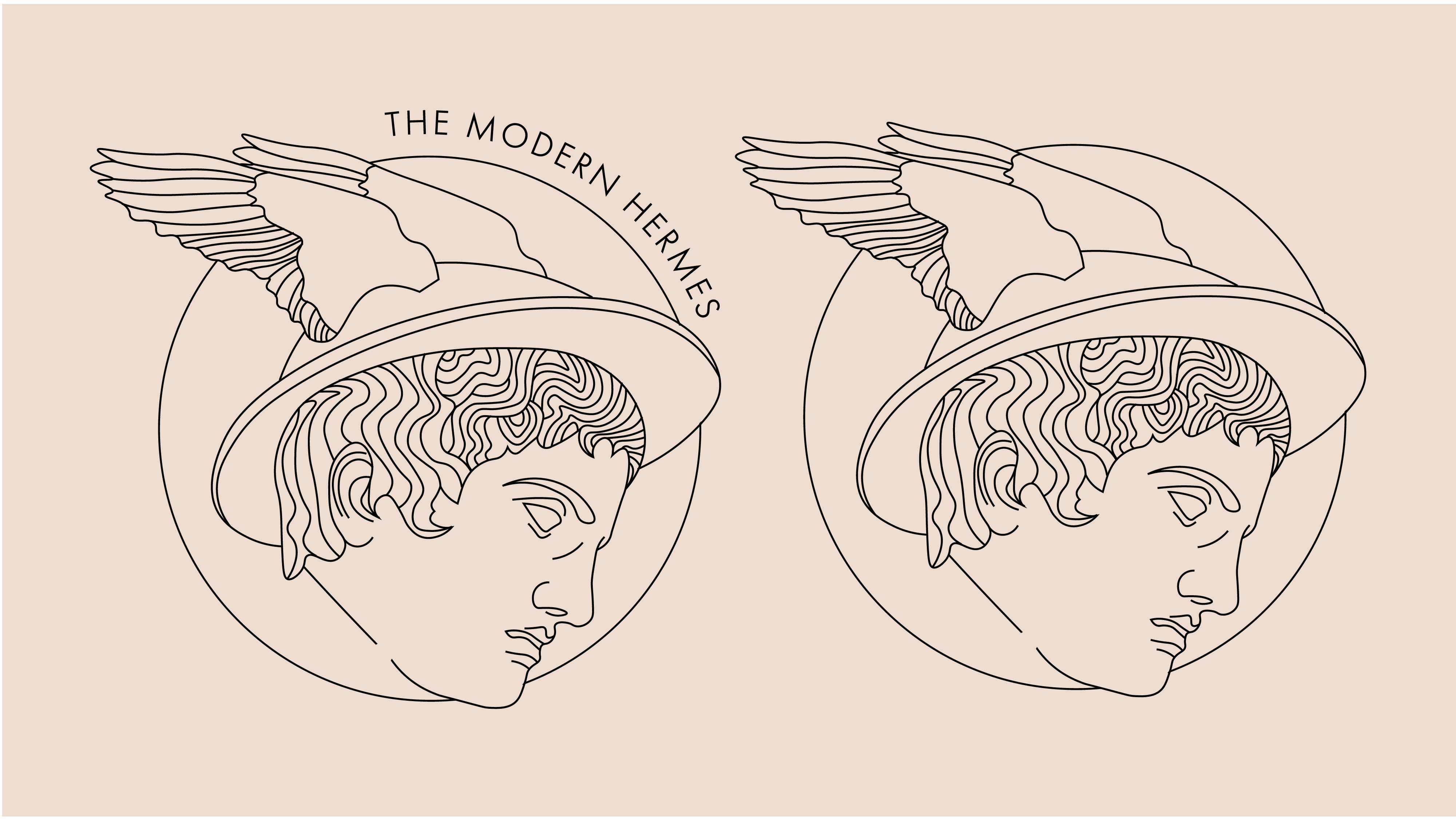The Modern Hermes Travel App
Hermes, or the Greek god of travel, was known to be the "tour guide" of the Olympian gods. It is said that he was one of the few gods who could even travel to Hades and back with ease. The Modern Hermes aims to make the user feel like they too, can travel to wherever their heart desires without feeling a tourist, and giving them the power to be in the "know". This includes navigation, and exploring new places of amusement and accommodation. They say that the gods also had very human attributes to them, which is what I also implemented onto this app.
I believe that as humans, we better communicate and understand with technology that is human-proof, as opposed to listening directions given by an algorithm. You could say The Modern Hermes is made by gods, for gods, even to Hades and back.






A prototype for a new type of utilitarian travel app, that uses real-time landmarks to orient and help the user navigate within their space by using observational methods. By telling the viewer to rely on said landmarks as opposed to abstract directions on their phone, this gives power back to users when navigation a foreign space as opposed for waiting on their GPS to queue up and recalculate directions. It also helps the user become aware and establish their direction they are starting out in, since the biggest problems with apps like Maps and Google Maps is that one doesn't really know where "southwest" is, becoming just another intricate step to establishing which way to move forward. It is also meant to be a navigation app that gives one the best tips and tricks around the cities by locals, so that you never stand out as a tourist. It is these tips and tricks that are usually passed by word of mouth that tend to be the most efficient when traveling.
The inspiration for this app came from traveling the streets of Rome and New York City. You might wonder: how can two completely different cities with polarizing structures both inspire this app? Where as Rome's streets tend to be extremely intricate and highly intertwined, New York City's streets tend to be set up as a grid, specially in Manhattan. However, as difficult as it is to get around the erratic streets of Rome (unless you're a local), what people don't tell you is that even in New York City, your GPS tends to glitch, and never specifies which way on a street you have to continue onto, since it is not aware of what direction you are physically headed towards once you exit a subway.
The aesthetic inspiration came from classic Greek and renaissance portrayals of the Greek god Hermes himself. However, merging the classical art with the sleek modernity of the sleek line art and Futura font was the key for the branding of the app. This, as well as a concise color palette is what keeps the app simple, modern, yet calling back to its roots.
Try it out yourself.
